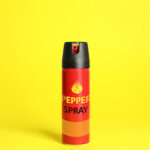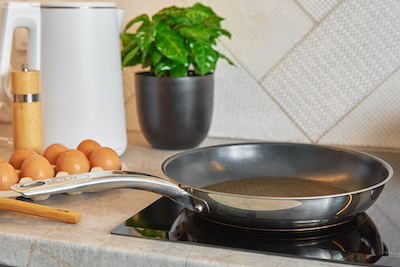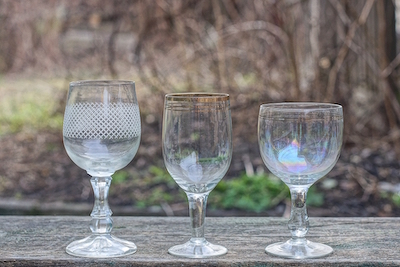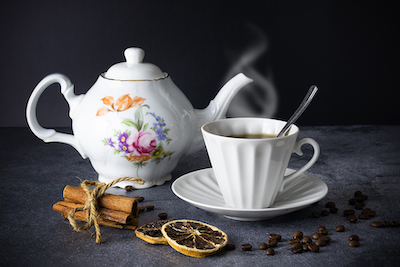When it comes to cooking, the type of cookware you use can have a significant impact on the quality of your meals. Two popular options for frying pans are Teflon and ceramic, each with its own set of advantages and disadvantages. In this article, we’ll take a closer look at the differences between these two types of pans to help you decide which one is right for you.
Teflon frying pans have been popular for many years due to their non-stick properties. Teflon is a type of synthetic polymer that is applied as a coating to the surface of the pan. This coating prevents food from sticking to the pan, making it easier to cook and clean up after meals. Teflon pans are also typically lightweight, making them easy to handle and maneuver in the kitchen.
Ceramic frying pans, on the other hand, are relatively new to the market. These pans are made from a ceramic-based material that is either glazed or unglazed. The glaze provides a non-stick surface that is similar to Teflon, while the unglazed surface is more porous and requires a bit more oil to prevent sticking. Ceramic pans are typically heavier than Teflon pans, but they are still relatively easy to handle.
While both Teflon and ceramic pans have relatively poor thermal conductivity, one of the most significant differences between the two is the way they retain heat. Teflon pans have lower heat retention than ceramic. This can be a disadvantage for Teflon in some situations where good heat retention is needed for the dish you’re making. However, it can also be a disadvantage for ceramic, as it can make it difficult to regulate the temperature.
Another difference between Teflon and ceramic frying pans is their durability. Teflon pans are known for being relatively fragile, as the non-stick coating can be easily scratched or damaged. Once the coating is damaged, it can release toxic chemicals into your food, which can be harmful to your health. Ceramic pans, on the other hand, are generally more durable than Teflon pans. The ceramic coating is harder and more scratch-resistant than Teflon, so it is less likely to be damaged during normal use.
One potential advantage of ceramic frying pans is that they are typically more environmentally friendly than Teflon pans. Teflon is made from a type of plastic, which can take hundreds of years to decompose in landfills. Additionally, the production of Teflon can release harmful chemicals into the environment. Ceramic pans, on the other hand, are made from natural materials and do not release harmful chemicals during production.
When it comes to cleaning, both Teflon and ceramic frying pans are relatively easy to clean. The non-stick surface of Teflon pans means that food does not stick to the surface, so it can usually be wiped clean with a paper towel or a soft cloth. However, Teflon pans are not dishwasher safe, as the high heat and harsh detergents can damage the non-stick coating. Ceramic pans are generally dishwasher safe, but it is still recommended to hand wash them to extend their lifespan.
In terms of price, Teflon frying pans are typically less expensive than ceramic frying pans. This is because Teflon has been around for longer and is less expensive to produce than ceramic. However, it is worth noting that ceramic frying pans are generally more durable than Teflon pans, so they may be a better investment in the long run.
So which type of frying pan is right for you? Ultimately, the answer depends on your individual needs and preferences. If you prioritize non-stick properties and ease of use, a Teflon pan may be the right choice for you. If you prioritize durability, heat conductivity, and environmental friendliness, a ceramic pan may be a better option.
It’s also worth noting that there are other factors to consider when purchasing a frying pan, such as size, shape, and handle design. It’s important to choose a pan that feels comfortable in your hand and fits your cooking needs. Additionally, it’s always a good idea to read reviews from other customers to see how well a particular pan performs in real-world use.
So it turns out that both Teflon and ceramic frying pans have their own unique set of advantages and disadvantages. Teflon pans are known for their non-stick properties and lightweight design, while ceramic pans retain more heat and are more durable. Ultimately, the choice between these two types of pans will depend on your individual needs and preferences. By taking the time to carefully consider your options and read reviews from other customers, you can choose a frying pan that will help you create delicious meals for years to come.














